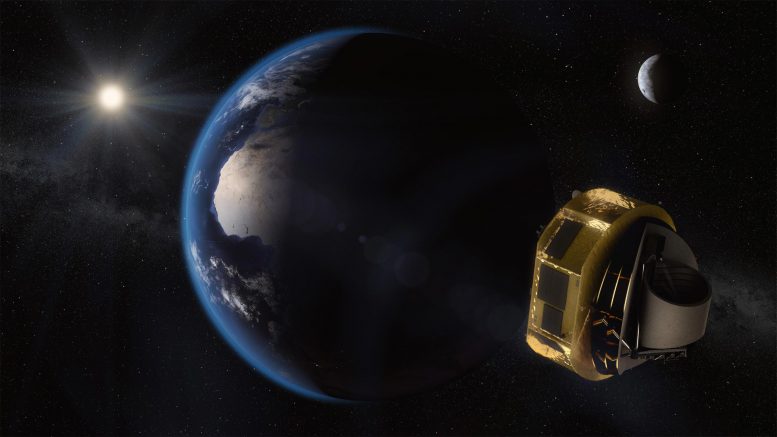
This artist’s concept shows the European Space Agency’s ARIEL spacecraft on its way to Lagrange Point 2 (L2) — a gravitationally stable, Sun-centric orbit — where it will be shielded from the Sun and have a clear view of the sky. Credit: ESA/STFC RAL Space/UCL/Europlanet-Science Office
Ariel, ESA’s mission to identify the chemical elements in exoplanetary atmospheres, successfully passed the spacecraft preliminary design phase and now moves from the ‘drawing board’ to the construction phase.
Today, the preliminary spacecraft design of the European Space Agency’s future exoplanet mission Ariel got approval from the ESA review board and passed the Preliminary Design Review with flying colours.
This concludes the important preliminary design phase B2 of the mission that lasted 19 months. During this phase, the design of the spacecraft has been refined, including the requirements for the interfaces, in particular with the payload elements. Ariel’s development plans have also been finalized.
Ariel’s scientific payload, comprising a cryogenic telescope hosting two instruments, Ariel medium-resolution InfraRed Spectrometer (AIRS) and Fine Guidance System (FGS), a cryocooler and several electronic boxes, already passed this crucial review in May 2023. Ariel’s prime contractor Airbus Defence and Space Toulouse can now begin manufacturing the first spacecraft prototypes: the structural model (SM) and the avionics verification model (AVM).
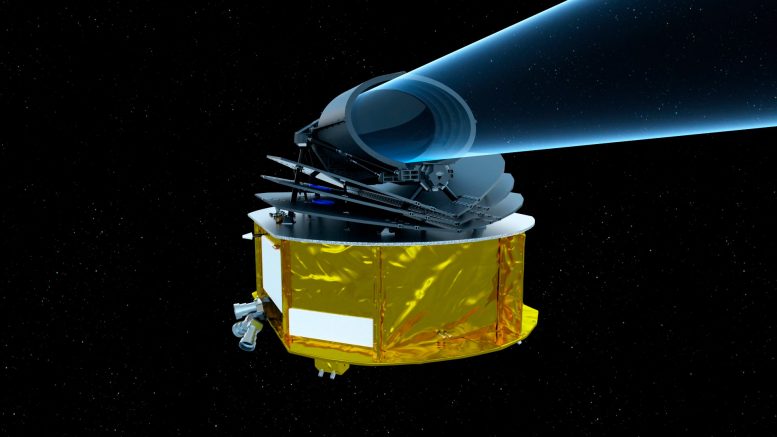
Ariel, ESA’s future exoplanet mission, has cleared its Preliminary Design Review, signaling the start of its construction phase and moving closer to exploring the atmospheres of distant planets. (Artist’s impression of Ariel.) Credit: ESA/STFC RAL Space/UCL/UK Space Agency/ ATG Medialab
“We are delighted that we have achieved a significant milestone in spacecraft design, marking a solid foundation to proceed with detailed development across all subsystems and with the manufacturing phase,” says Jean-Christophe Salvignol, Ariel’s project manager. “The prospect of witnessing the hardware is truly exciting! I’m especially enthusiastic about the manufacturing and assembly of the structural model, as its structure will closely resemble the final product set to take flight.”
Ariel’s structural model will be subjected to tough environmental test conditions to verify that the spacecraft’s subsystems can cope with the conditions expected during launch and in space. The avionics verification model will serve to demonstrate the functionality and the performance of the electronic and software systems used in the spacecraft, including control, communication, navigation, and data processing systems. When these two models work properly, the mission will go through the Critical Design Review and the actual flight model (the one that will go into space) will be built.
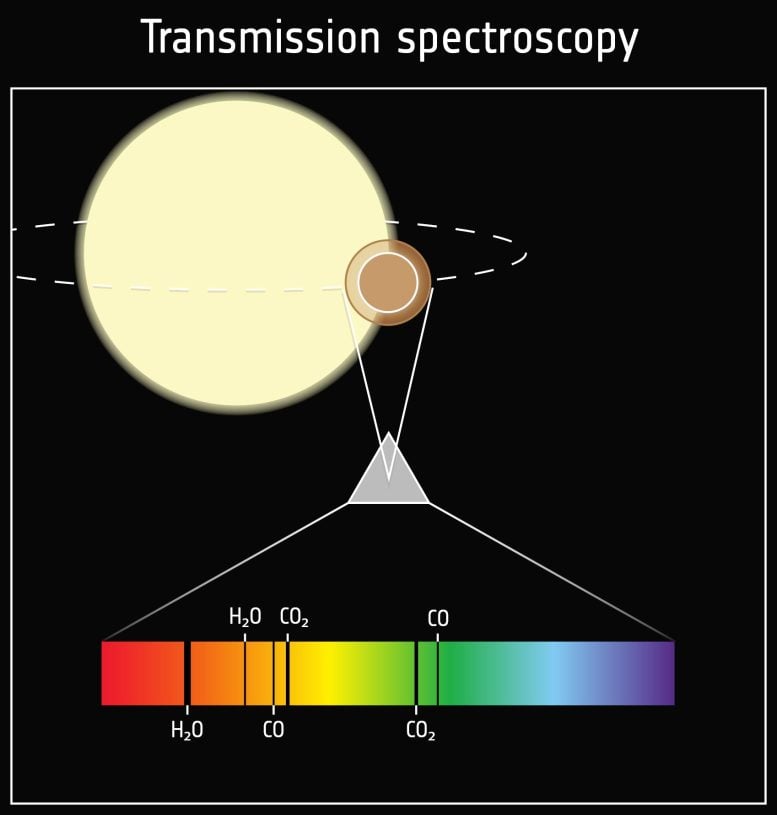
Spectroscopy is the technique of splitting received starlight into its different colors using a prism. Exoplanets orbit their stars, when they transit – pass by from our point of view – some of the starlight passes through the planet’s atmosphere. Particles in the atmosphere like water vapor, carbon dioxide, methane, and others absorb some of that light. This absorption happens at specific wavelengths of light. By studying at which wavelengths the starlight is absorbed, we can determine what kind of particles are present in the atmosphere. The NASA/ESA/CSA James Webb Space Telescope uses this technique to characterize exoplanets and ESA’s Ariel mission will study the atmospheres of as many as 1000 exoplanets this way. Both missions focus on infrared light because the signatures of molecules are very prominent in those colors. Credit: ESA, CC BY-SA 3.0 IGO
“It is fantastic to see the important spacecraft design review successful. Having passed this milestone, we can continue the implementation of this exciting mission that will revolutionize our knowledge of how planets around other stars form and evolve and what their atmospheres are made of,” adds Theresa Lueftinger, Ariel’s project scientist. “Particularly exciting is the ‘coming into existence’ of the hardware: we will soon be able to see and test the Ariel structural model, which is always a very special moment for any scientist working on a space mission.”
During its mission Ariel will observe up to 1000 exoplanets, ranging from rocky planets like Earth to gas giants like Jupiter. Using its scientific instruments, Ariel will detect signs of well-known ingredients in the planets’ atmospheres, including water vapor, carbon dioxide and methane. For a few planets, Ariel will even study their weather, monitoring clouds and variations in their atmospheres on both daily and seasonal timescales.
About Ariel
Ariel was selected as the fourth medium (‘M-class’) mission in ESA’s Cosmic Vision 2015–25 plan in March 2018. It was adopted in November 2020 and is currently under development.
Ariel is a collaboration between ESA and the Ariel Mission Consortium. Involving more than 50 institutes from 16 European countries, the Consortium will provide the payload elements, including the large cryogenic telescope and associated science instruments. NASA and CSA are also partners of the Ariel mission by contributing to the Ariel payload.
Meanwhile, Airbus is leading the European industrial consortium that is building the spacecraft. They will provide the service module and will be in charge of integrating and testing the overall flight spacecraft, as well as the SM and AVM development models.
ESA has the overarching responsibility for the development of the mission, as well as being responsible for the launch and operations. After launch, operations will be conducted jointly by ESA and the Consortium.

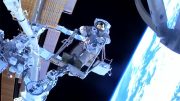
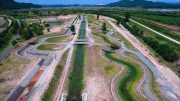
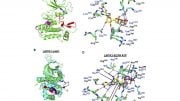
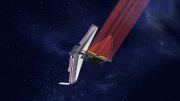


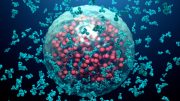
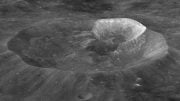
Be the first to comment on "ESA’s Ariel Exoplanet Mission Enters Construction Phase"